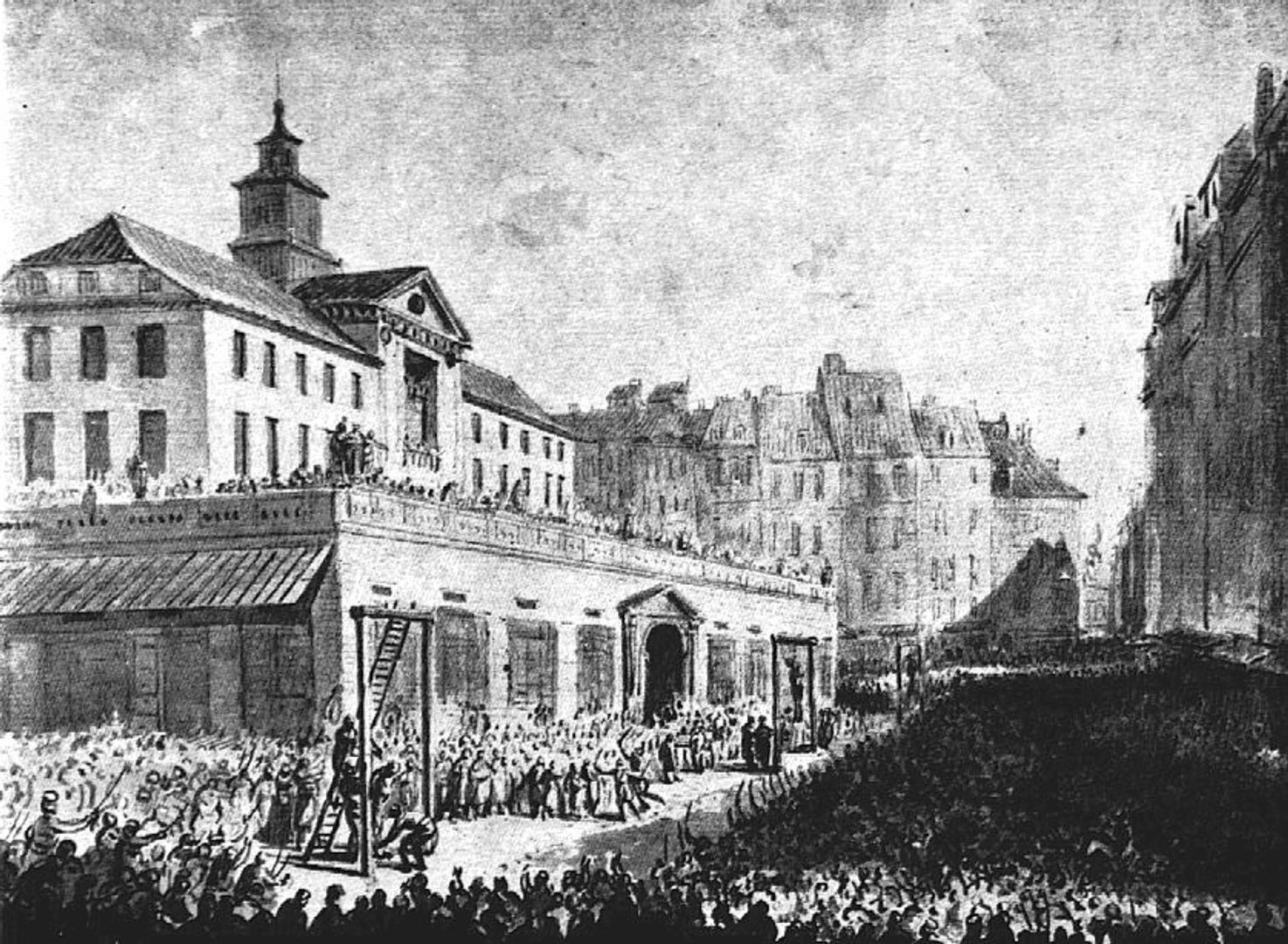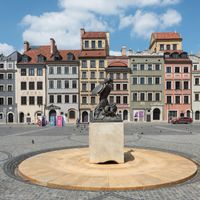Old Town Market Square in Warsaw
7.46

Overview
The Old Town Market Square in Warsaw is a rectangular plaza measuring 90 by 73 meters, established at the turn of the 13th and 14th centuries as an administrative and commercial center. Surrounded by eight streets, it has historically been the site of important events, public proclamations, and executions. In the 15th century, a brick town hall was built at its center, which was later demolished in 1817. The square suffered significant damage during the great fire of 1607 and in World War II, when most of its tenements were destroyed. After the war, between 1949 and 1953, the Old Town Market Square was meticulously reconstructed, drawing on its pre-war appearance and incorporating surviving architectural details. Today, each of its four sides (southern, western, northern, and eastern) has unique features and names, with the Warsaw Museum located on the northern side. The architecture of the square evolved from wooden to brick structures, with many tenements built in Gothic and Renaissance styles. An interesting fact is that beneath eight tenements on the Dekert side and the Burbachowska tenement, there are cellars that form part of the Cultural Cellars Route of the Old Town, open to visitors. The square is not only a major tourist attraction but also an integral part of Warsaw's cultural heritage, listed as a historical monument in 1965.
Location
Tickets
Powered by GetYourGuide
You can also find here:
2025 Wizytor | All Rights Reserved
